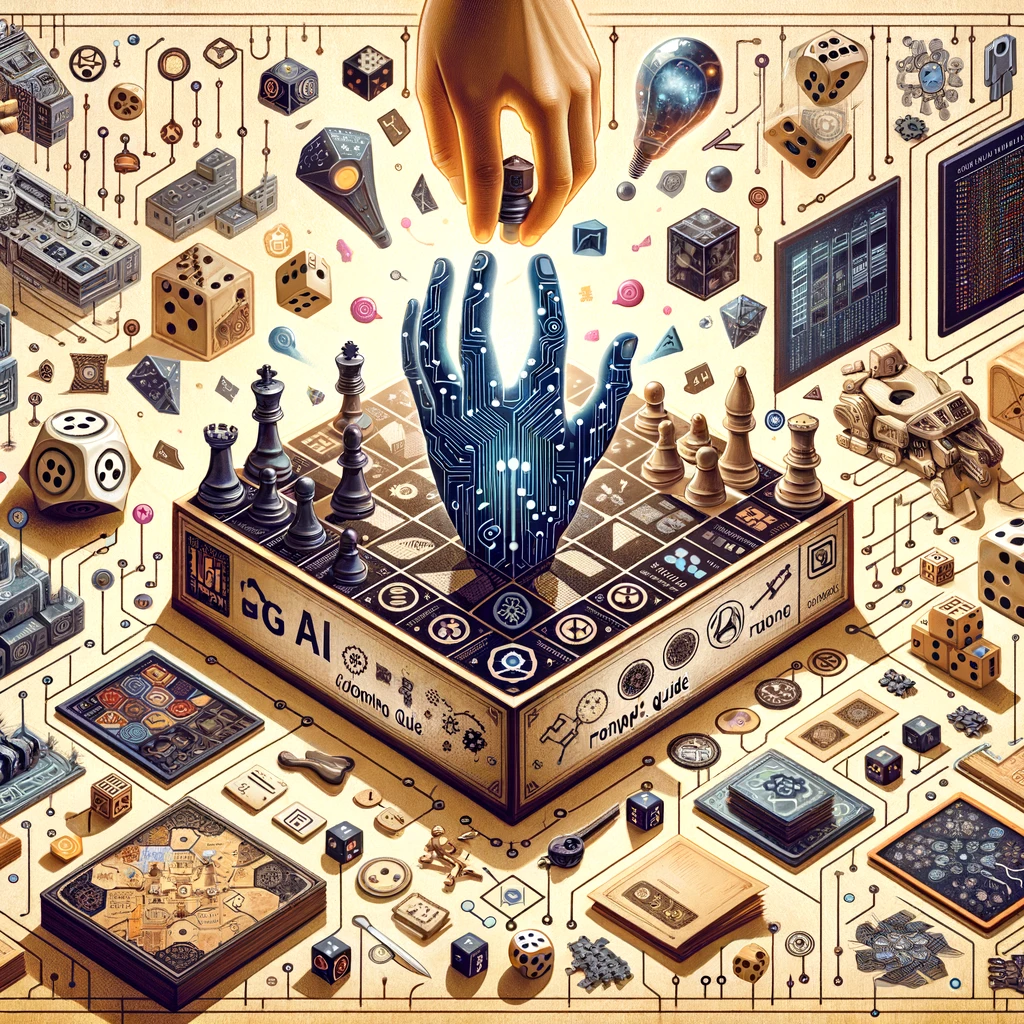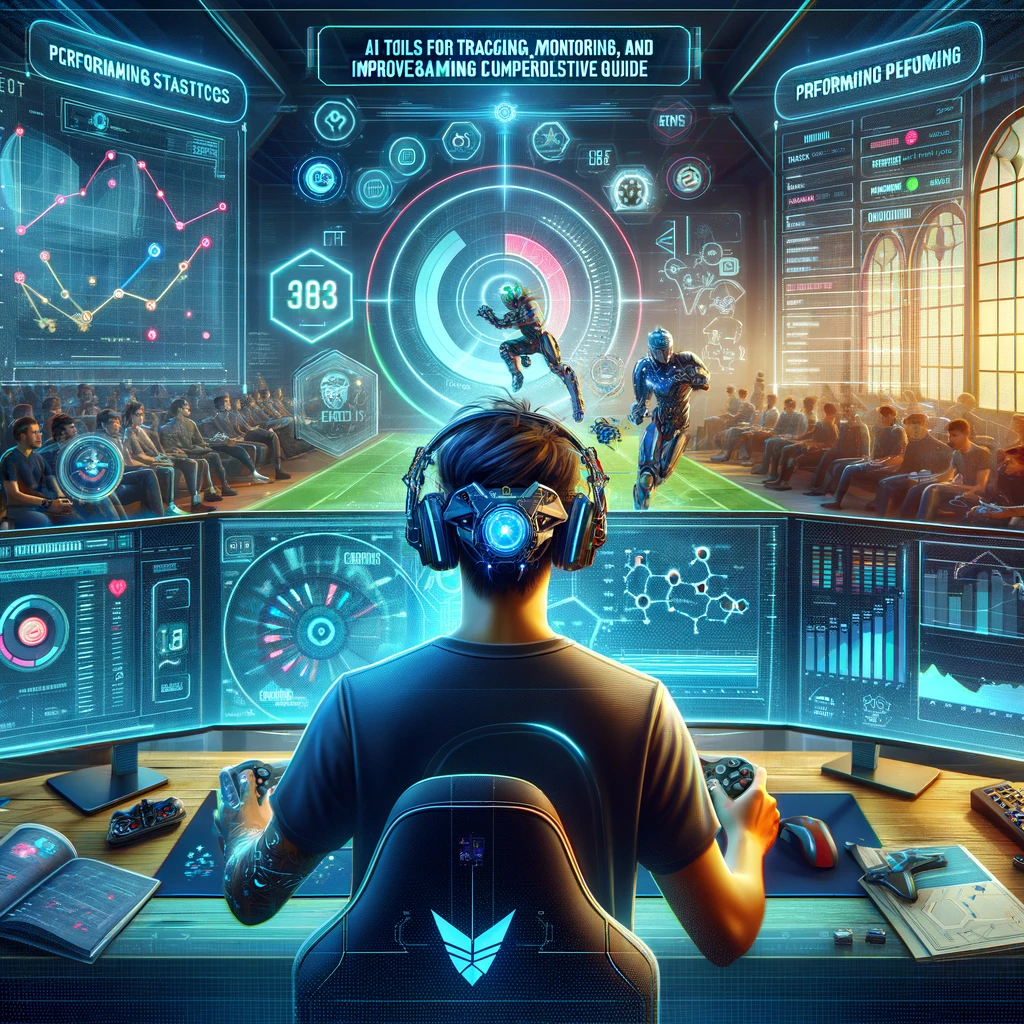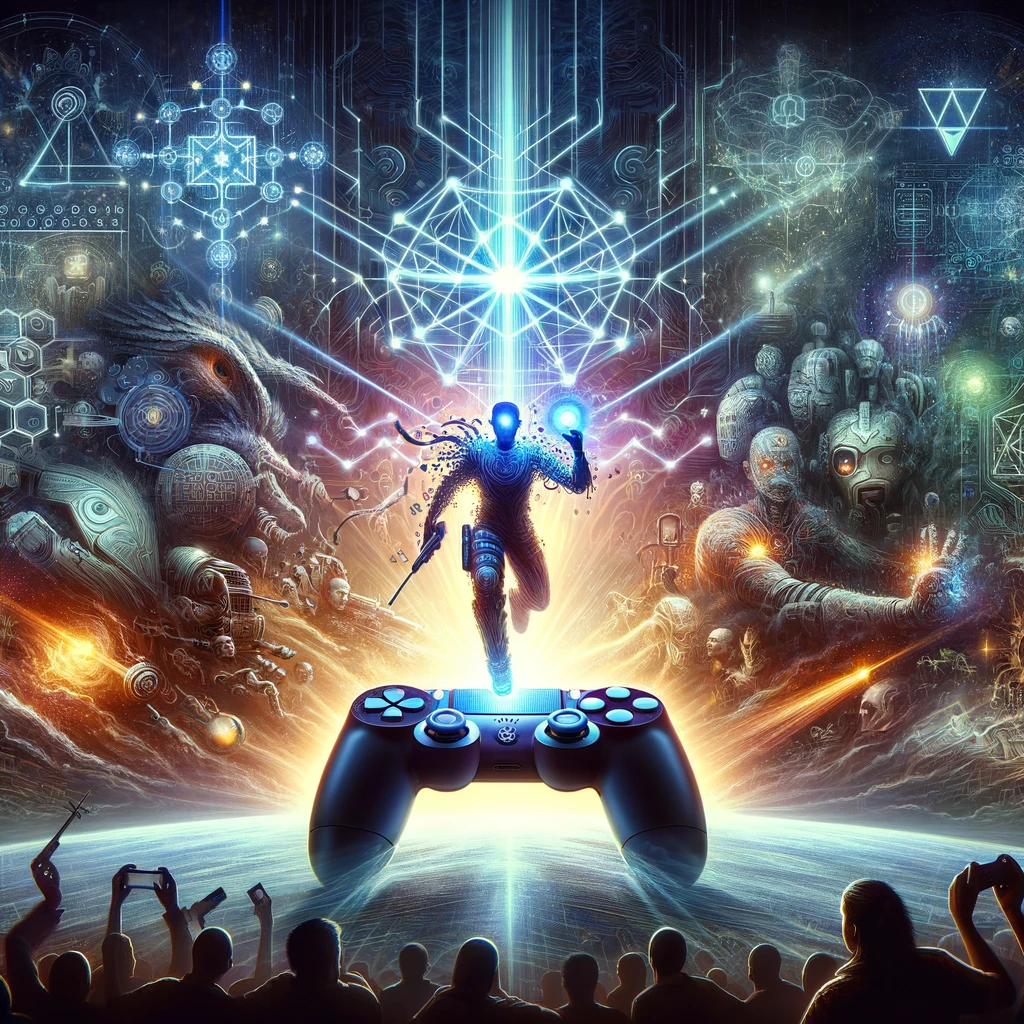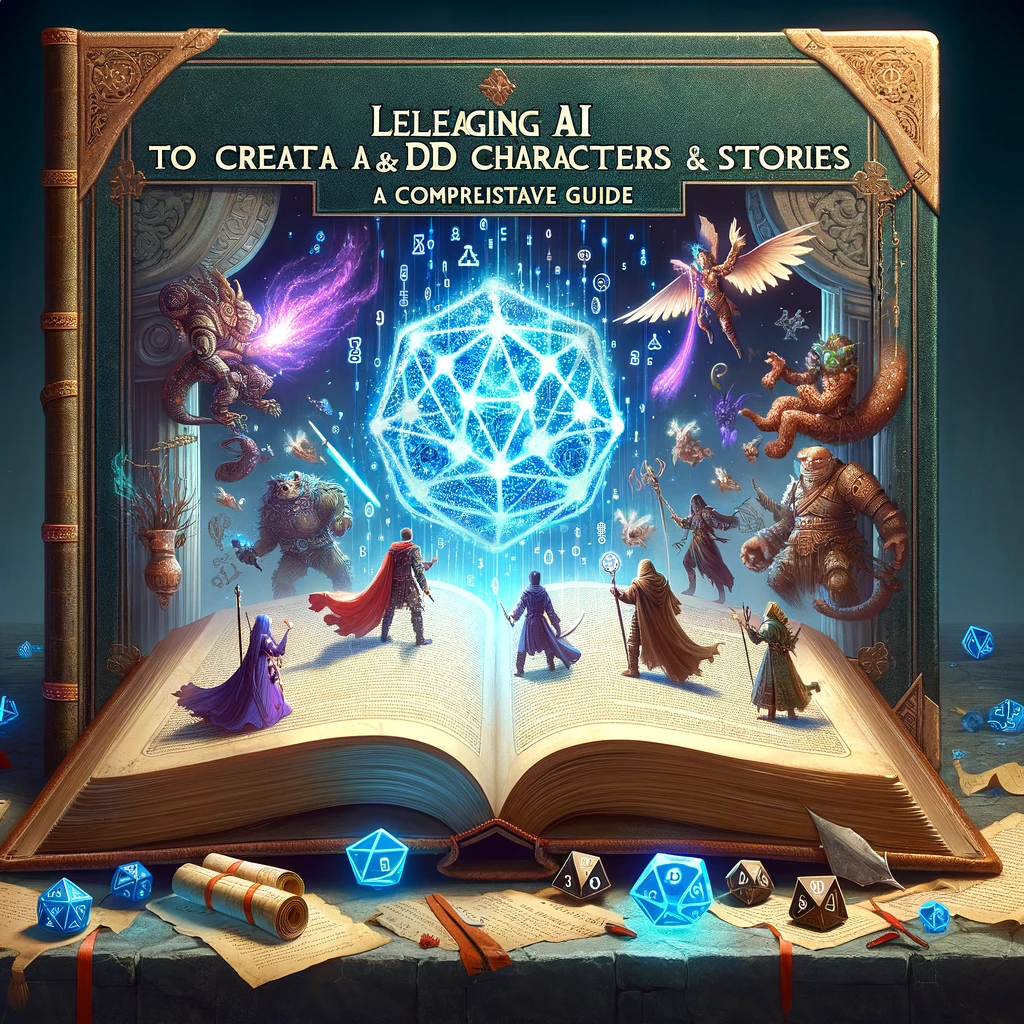Welcome to SunshineL3mon! Today, we’re embarking on a creative journey: using AI to design and develop board games. This guide provides a step-by-step approach to leveraging AI for board game creation, offering detailed explanations and examples.
Understanding AI in Board Game Development
AI can assist in various stages of board game development, from conceptualization and design to ruleset creation and playtesting. It analyzes patterns, generates ideas, and simulates gameplay to enhance the overall design.
Step 1: Conceptualizing the Game
Defining the Theme and Mechanics: Begin with a clear idea of your game’s theme (e.g., fantasy, history, science fiction) and basic mechanics (e.g., card drafting, resource management).
AI Prompt Example: “Generate a list of unique board game themes combining space exploration and ancient civilizations.”
Step 2: Generating Game Elements
Creating Components: Use AI to brainstorm game components like cards, tokens, and board layout.
AI Prompt Example: “Create a list of interesting card types for a pirate-themed strategy game.”
Step 3: Developing Rules and Mechanics
Ruleset Creation: AI can help formulate basic rules and gameplay mechanics.
AI Prompt Example: “Suggest simple but engaging rules for a cooperative board game about building a medieval village.”
Step 4: Simulating Gameplay
Testing Mechanics: AI simulations can test game balance and player interaction, offering insights into potential improvements.
AI Prompt Example: “Run a simulation of a 4-player game using the current ruleset and provide feedback on game balance.”
Step 5: Enhancing Artwork and Design
Visual Elements: Utilize AI to generate artwork concepts or board layouts.
AI Prompt Example: “Generate artwork ideas for the character cards in a fantasy adventure board game.”
Step 6: Playtesting and Refinement
AI-Assisted Playtesting: Use AI to playtest the game multiple times, analyzing outcomes and player strategies.
Feedback Integration: Adjust the game based on AI-generated feedback to refine gameplay and mechanics.
Step 7: Creating a Narrative
Storytelling Elements: AI can help craft a compelling narrative or backstory for your game.
AI Prompt Example: “Develop a backstory for a board game set in a dystopian future where players are rebel leaders.”
Step 8: Ethical Considerations and Originality
Ensure Originality: Use AI as a tool for inspiration, but ensure the final product is original and not a derivative of existing games.
Respect Intellectual Property: Be mindful of copyright and intellectual property laws, especially when using AI to generate artwork or game themes.
Step 9: Finalizing and Production
Finalizing Game Design: Once satisfied with the design and gameplay, prepare your game for production. This may involve creating a physical prototype or digital version.
Crowdfunding and Marketing: Consider using platforms like Kickstarter for funding and marketing your AI-created board game.
Conclusion
AI offers a unique and efficient avenue for board game development, from conceptualization to playtesting. While it provides valuable assistance, the creative vision and direction should always be distinctly yours.
For more insights into the intersection of AI and game design, stay tuned









Leave a Reply